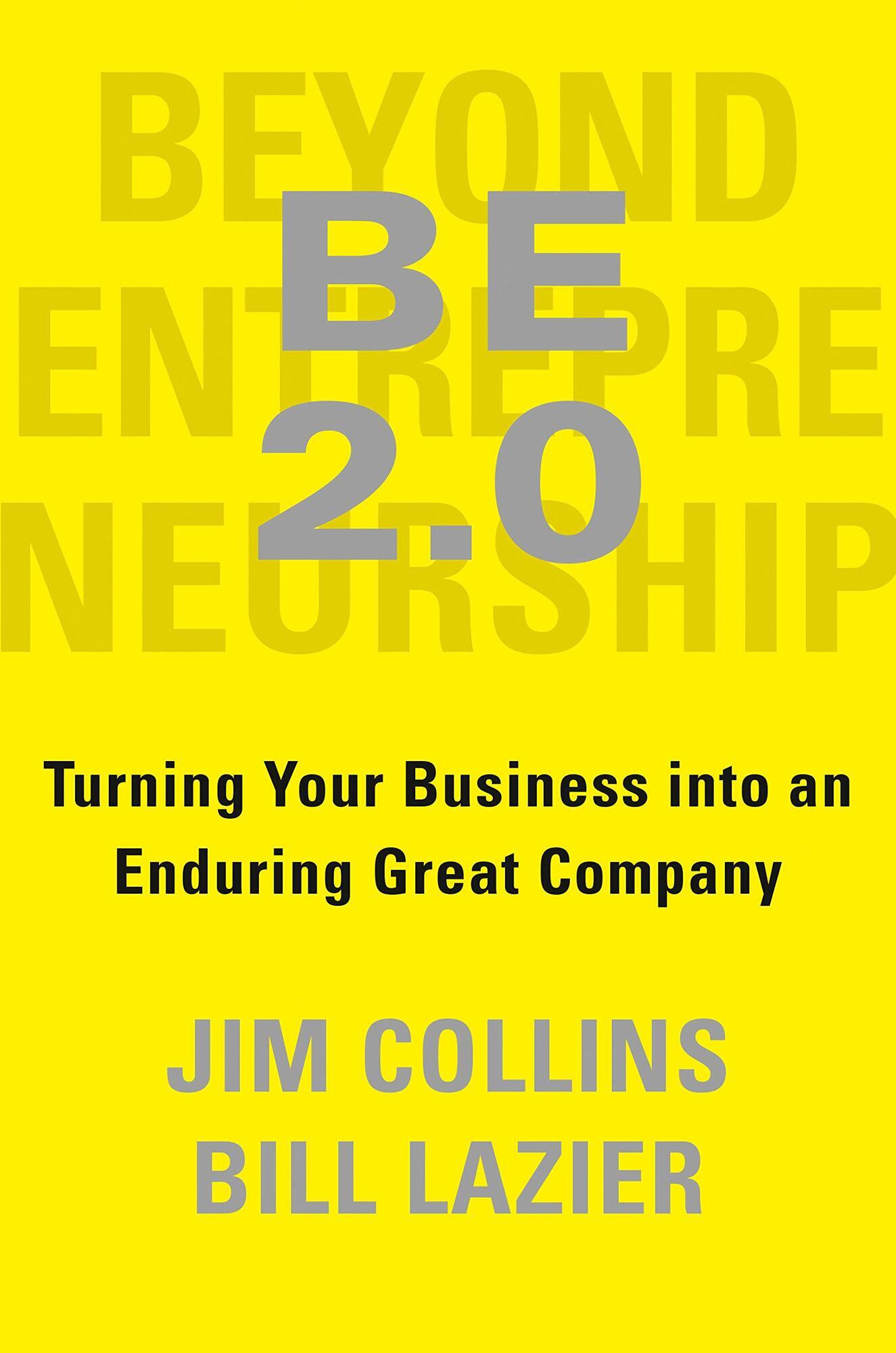 This is the fifth and final blog of a series of five blog posts based on Jim Collins & Bill Lazier, BE 2.0: Turning Your Business into an Enduring Great Company (New York, NY: Portfolio / Penguin, 2020). Bill Lazier and Jim Collins co-authored Beyond Entrepreneurship in 1992. Collins has released an expanded second version under a slightly modified name.
This is the fifth and final blog of a series of five blog posts based on Jim Collins & Bill Lazier, BE 2.0: Turning Your Business into an Enduring Great Company (New York, NY: Portfolio / Penguin, 2020). Bill Lazier and Jim Collins co-authored Beyond Entrepreneurship in 1992. Collins has released an expanded second version under a slightly modified name.
The shibboleth that many well-formulated plans fail because of lack of execution is addressed through a final chapter on tactical excellence.
Collins offers advice to redress the imbalance of too much planning and too little execution. The key is to balance entrepreneurship and discipline. This is not an easy task. Collins notes that, “All companies have a culture, but few have a culture of discipline, and even fewer build a culture of discipline while also sustaining an ethic of entrepreneurship. When you blend these two complementary forces together—a culture of discipline with an ethic of entrepreneurship—you get a magical alchemy of superior performance and sustained results.” [269]
There are five basic conditions under which people execute well [274-5]
If they are clear on what they need to do
If they have the right skills for the job
If they’re given freedom and support
If they’re appreciated for their efforts
If they see the importance of their work [275]
Interestingly, Collins feels compelled to add one final bit of advice. The final “secret” to building an enduring company is respect. “Therein lies the secret, if there is one. Great companies are built on a foundation of respect. They respect their customers, they respect themselves, they respect their relationships. Most important, they respect their people, they respect themselves, they respect their relationships. Most important, they respect their people—people at all levels, and from all backgrounds.” [301] Although he repeats the term multiple times, he doesn’t define it sufficiently. He gives some brief anecdotes, but we are left grasping at straws.
Again, as throughout the book (noted in the blogs in this series), his insights outweigh his unsubstantiated sidebars and generalizations. Due to his guru status, most readers will forgive one to get the others.

